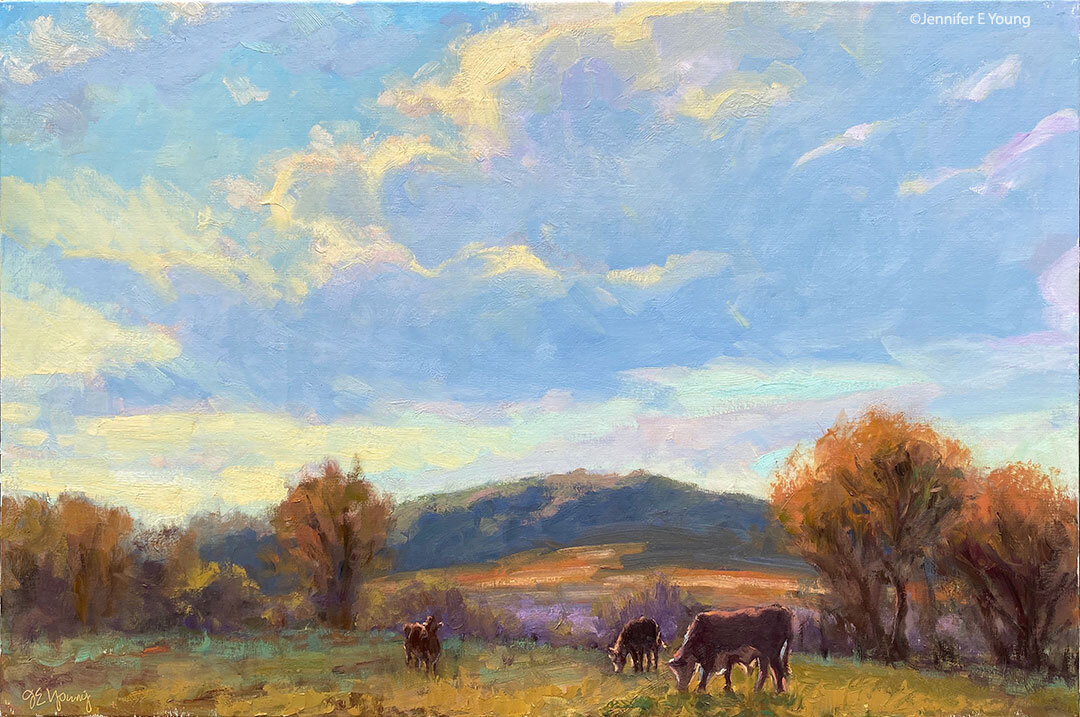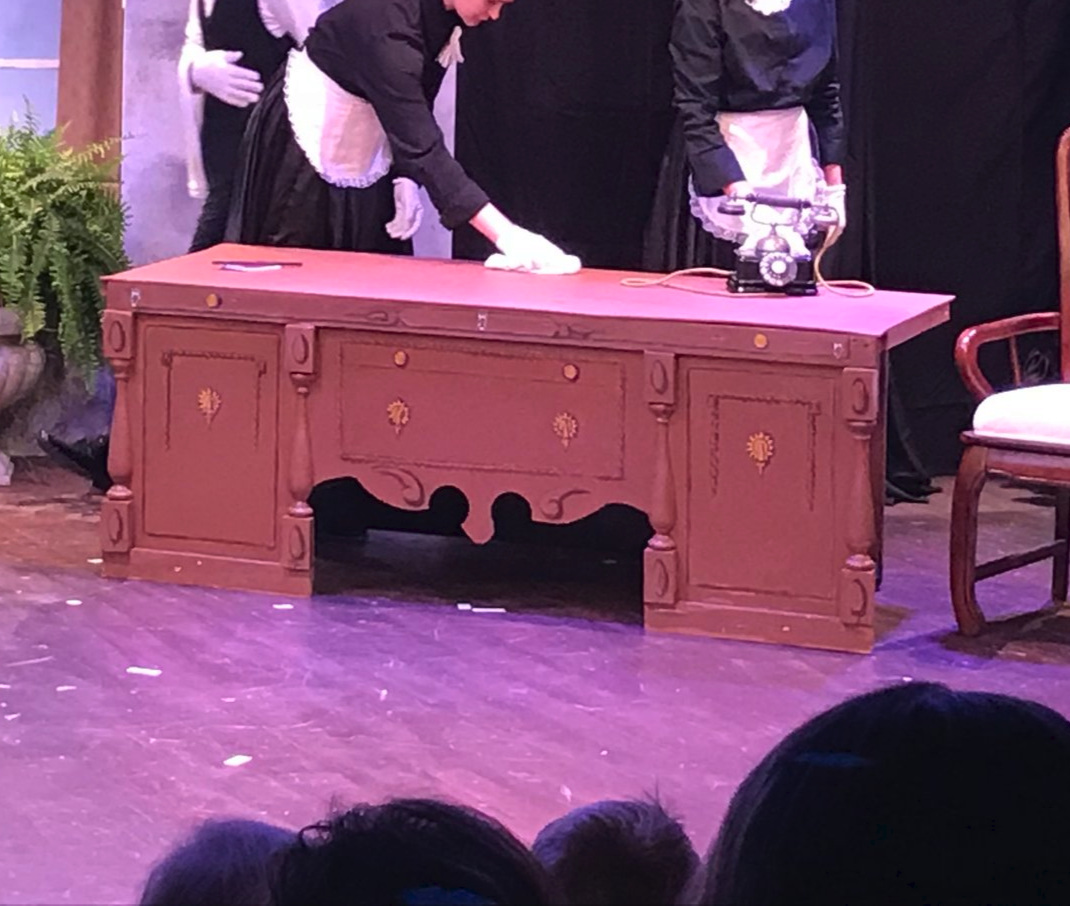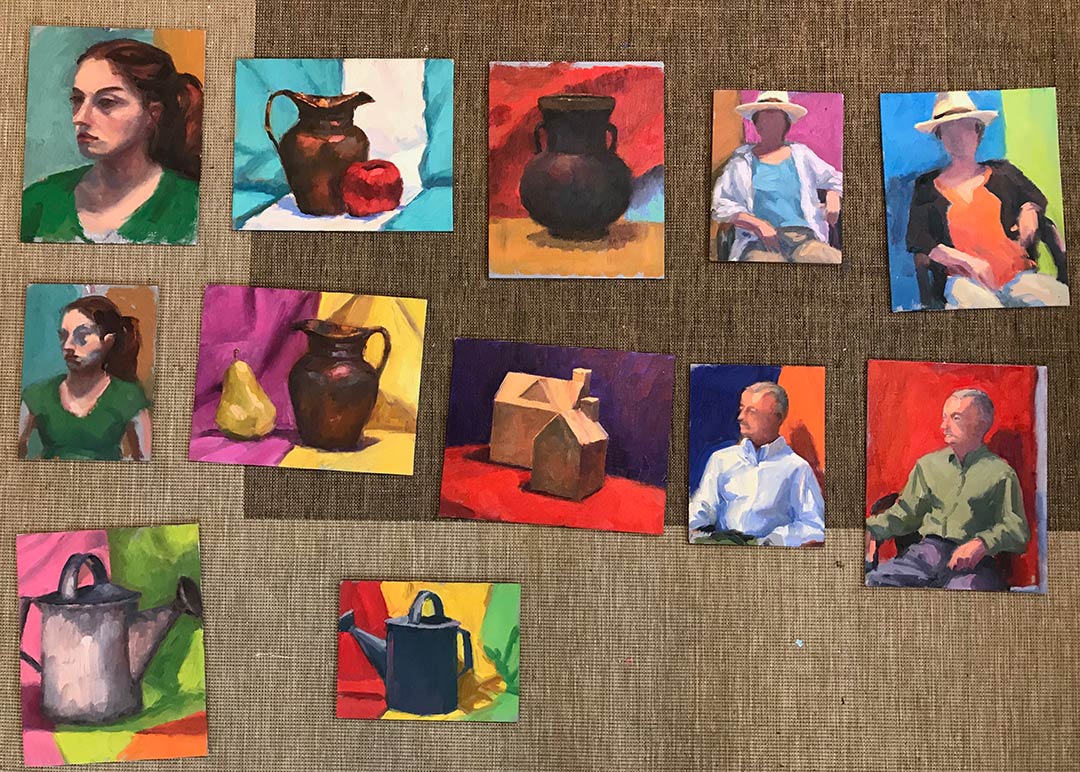All aglow with studio progress!
/We've had some delays, but lights have finally been installed in the new studio. We still have to get the final electrical inspection, but I'm really excited as I can now move forward and paint the walls and trim. Then we just need to install the sink and address all the little picky finishing, stuff and then I can move in! I only had time to take a quick snapshot before I head out for a life drawing session, but here's a sneak peek, with more/better pictures to come: (Note: the ceiling fan was mounted with the 6 foot down-rod recommended by the store, but I've decided this is too low so it's getting raised tomorrow.)
I was pretty happy and relieved to see the amount of light we were able to achieve with the fixture/lamp combo I selected. I was also happy to see that the wall color paint sample I'd chosen still looked as I'd predicted it would, without much (if any) discernible color shift due to the installed lights. It was all kind of a crap-shoot, because no matter how much reading and deliberating I'd done, there was really no way to know if my plan was sufficient until the "deed was done" and everything was installed.
In the end I went with T5HO (high output) fixtures with 5000K temperature lamps. These lamps are among the thinner, newer tube type fluorescents on the market. Because they're so new and also high output, replacement lamps will have to be ordered online. But with 24000+ hours predicted in their life-cycle, I shouldn't have to order them all that frequently.
It's pretty bright in there now, but fluorescent tubes are always their brightest at the beginning of the life cycle, with no dust or dirt to diminish them. I've also installed track lights, so in the event that I need more light I can supplement with some of the full spectrum Solux halogen wide beam floods in my work area.
I have to admit, the main delay in installing the lights was due to the fact that I changed my mind about the fixtures. I was getting pretty frustrated with myself and my inability to make up my mind. But my good husband reminded me that there aren't any manuals out there on the perfect formula for lighting an art studio with high ceilings and no natural northern light to speak of. Believe me I've looked!
Initially I was going to go with an open industrial-type direct lighting fixture (the kind they use in warehouses) that would accomodate more lamps and a whole lot o' light:
I may have over-thought the whole thing, but for the oil painter there IS such a thing as too much light, especially if it's shining right on the painting surface. Not only can it cause glare, it can really skew your perception of colors and values because a very bright light makes your pupils contract so much.
It's the reason plein air painters often employ the use of an umbrella to shield their work from the direct sun. The few times I did try painting outdoors without angling or shading my canvas from the sun, I found my colors and values appeared much too dark when I brought them inside.
So while I wanted a lot of light, I didn't want too much of it either. Nor did I want glare or direct light that cast shadows over my canvas as I worked. And that's the danger with a lot of the high output direct lighting fixtures I was finding--even when mounted at 15 feet up.
After scrapping my original idea, I called a halt on the electrician and went back to the drawing board (and back to "the oracle"--A.K.A. Google-- to search for more ideas.) I eventually found this helpful article from the DesignLights Consortium on energy efficient commercial lighting designs for various functions and environments (schools, factories, offices, etc.)
The article has a lot of ideas about lighting, and delves deeper into many good points I'd already considered about light quality, including the importance of glare control and color temperature. But there were other points I hadn't considered quite as much, such as issues of reflectance, contrast, and wall color.
For instance, while you don't want lights bouncing around willy-nilly off of a ton of shiny reflective surfaces, you can use reflectance to your advantage. Wall color is important. Darker wall colors have their advantages, but lighter walls and ceilings painted in matte or low sheen surfaces can go a long way towards maximizing the reflectance and distribution of light in a room without the glare.
As to contrast, while some of it is needed in order to define shape, a lot of contrast can cause eye strain and fatigue. So even if the work area of your studio is sufficiently lit, if the rest of the room is dim or dark your eyes have to work a lot harder, expanding and contracting the pupils to adjust light intake each time you look from one part of the room to another.
I'd been so focused on how to light my work area, but now began to consider lighting up the whole studio space a bit more evenly so as to avoid this overly-contrasty affect. Choosing fixtures that have an indirect feature (up-light) as well as a direct feature (down-light) can help with this. By washing some of the light up onto a white ceiling it can reflect back down into the room to diffuse and more evenly distribute light across a broader area.
Armed with this info, I did finally find a fixture that I thought might work. It's actually a commercial light that you'd find in retail stores. It has an up-light feature so we've pendant-mounted them to take advantage of this fact. It also has a wide beam spread and louvres shielding the lamps, which help to soften and diffuse the light even more. I've installed two 8 foot fixtures over the side of my studio where I intend to paint, and one on the framing/office side, which also gets a lot of natural daylight from the east. Each fixture has its own switch so that if I want to work in low light I can douse one or more (for a dramatically lit still life, for example.) These fixtures don't accommodate as many lamps as the industrial warehouse fixture, but since the lamps are high output I think it will be close to, if not more than enough. Onward-ho!
P.S. This is part of a series of posts I've explored while building my new art studio. For my earlier in-depth analysis on studio lighting for artists, go here and here.












